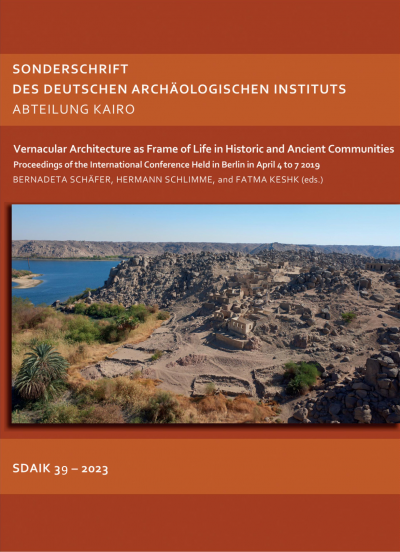This volume presents a selection of the papers presented at the international conference “Vernacular Architecture as Frame of Life in Historic and Ancient Societies”, held in Berlin in 2019 as part of the DFG-project „Nubian Architecture“. Researchers and experts from all over the world presented and discussed case studies of vernacular architecture from different periods and cultures, with a special focus on Nubia. The academic and artistic examination of vernacular architecture has a long tradition. European vernacular architecture first gained widespread interest during the Romantic period of the 19th century, when it was (mis)understood as the preserver of the „national soul“. Early modernists drew inspiration from vernacular architecture in the Mediterranean. In post-war modernism, the respective domestic vernacular architecture was stigmatised by historically oriented research and musealisation as being bound to the past and backwardness. Since the publications of Bernard Rudofsky and Hassan Fathy at the latest, however, its appreciation as part of the material culture of humanity has been steadily growing. Today more than ever, the aspects of sustainability are coming into focus, and the guiding principles of vernacular architecture can be ground breaking for the necessary turnaround in building practices.
Copyright (c) 2023 Deutsches Archäologisches Institut
Kapitel






No comments:
Post a Comment